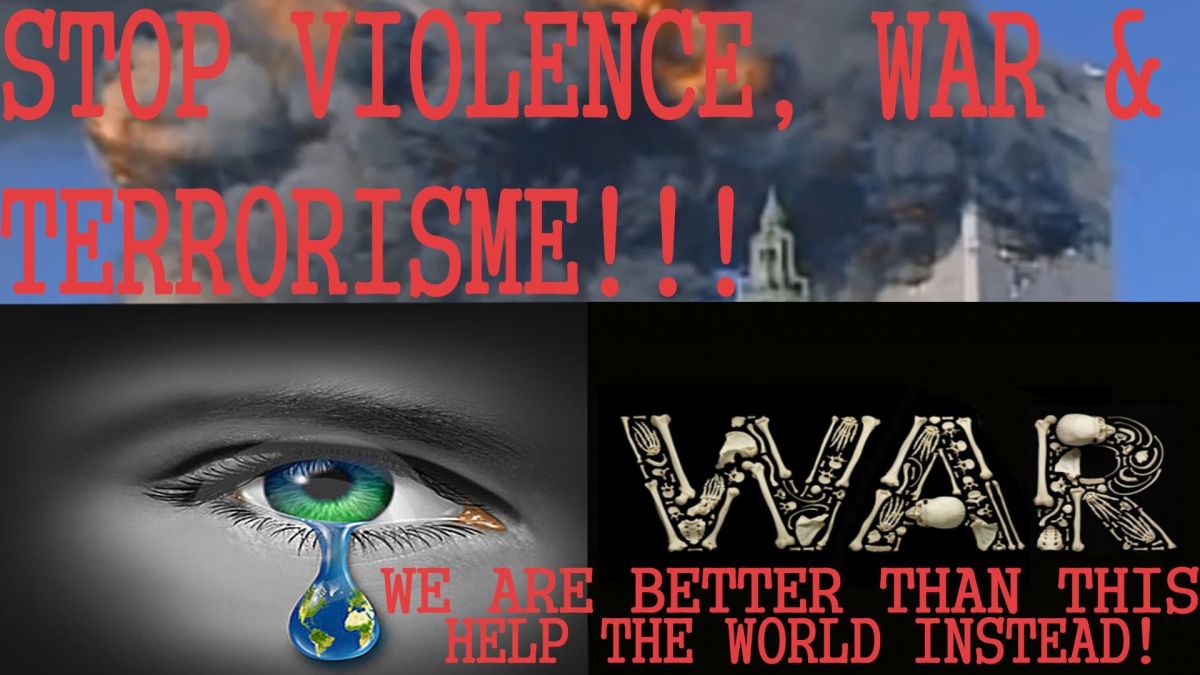Taking Down The Flag

The flag in front of Home Depot was at half-mast and I felt myself wondering why in an awkward, despairing way.
The nation and the news cycle were still thrashing in the wake of the Chattanooga killings and I figured, oh, it's for the soldiers - but all that realization did was intensity the troubled feelings the spectacle had aroused. This is America, where you can shop and mourn . . . but it wasn't just that.
I suddenly thought about Sandra Bland's apparent suicide in a Texas jail cell and, from there, I thought about a year's worth of video footage of racism-scarred arrests and violence and, beyond that, the brutal stupidity of the wars we wage and two dozen or more vet suicides every day - this was all in the space about 20 seconds, while I was parking my car - and by the time I reached the entrance of the big box, I found myself asking: Why should the flag ever NOT be at half-mast?
And that was just the beginning. The flag, the flag . . .
Maybe it's part of the problem.
Reflecting on the recent controversy that erupted in South Carolina over the flying of the Confederate flag in front of the state capitol, following white supremacist Dylann Roof's murder of nine people there, George Payne, writing at the website The Deconstructed Globe, asked:
"But why not take down the United States flag as well? After all, the two atomic bombs that eviscerated Nagasaki and Hiroshima were not dropped in the name of the Confederate flag. Nor were the wars in Korea, Vietnam, Guatemala, El Salvador, Honduras, Afghanistan and Iraq fought to preserve the national security of the 'Stars and Bars.'"
Could it be that we're forcing school children to pledge their allegiance to a divisive - poisonous - symbol? Could it be that honoring it, waving it, saluting it holds together an allegiance to moral superiority and unending global conflict?
Lee Drutman, writing some years ago about the psychology behind the American flag, discussed several studies which concluded that viewing the flag primarily invoked in participants feelings of nationalism - aggressive national superiority - rather than an inclusive patriotism.
The flag "makes people think that some people and some countries are better than others, a mode of thinking," he wrote, quoting one of the studies, "that makes people 'feel more entitled to express prejudice.'"
Thinking about lowering such a flag to half-staff to honor someone who has died makes all this even more troubling. It takes the focus away from the honoree and places mourning and grief in a context of aggression and the common enemy. This is war. And for a nation at war, step one everlasting is the dehumanization of the enemy of the moment.
"Our thoughts and prayers as a Nation are with the service members killed last week in Chattanooga."
So begins President Obama's recent proclamation mandating that American flags be lowered for four days.
"We honor their service. We offer our gratitude to the police officers and first responders who stopped the rampage and saved lives. We draw strength from yet another American community that has come together with an unmistakable message to those who would try and do us harm: We do not give in to fear. You cannot divide us. . . ."
It goes on, but what I feel is that these words already begin to divide us. Indeed, they slice an "us" out of all humanity and reduce mourning to rage. And this mixture of mourning and rage is a toxic, addictive brew, keeping a nation ever-prepared for war. Nations are born of war. Certainly this nation is.
"When the first English settlers moved into Indian land in Massachusetts Bay and were resisted, the violence escalated into war with the Pequot Indians," historian Howard Zinn wrote for the Progressive some years ago. "The killing of Indians was seen as approved by God, the taking of land as commanded by the Bible. . . ."
"When the English set fire to a Pequot village and massacred men, women and children, the Puritan theologian Cotton Mather said: 'It was supposed that no less than 600 Pequot souls were brought down to hell that day.'"
And speaking of the birth of a nation, consider that this year marks the 100th anniversary of D.W. Griffith's silent movie classic, The Birth of a Nation, once an icon of Americana. It tells the story of how the Ku Klux Klan saved the South from the predatory ambitions of emancipated slaves.
"The critics were raving," author Dick Lehr told NPR in an interview earlier this year. "People were on their feet cheering at the climax of the film, when the Klan is seen as a healing force - restoring order to the chaos of the South during Reconstruction."
This movie wasn't merely a fabulous recruiting tool for the KKK, which underwent a huge membership surge after the movie came out; it was an emblem of national greatness, revered by mainstream white America which, for at least 50 years after the movie's release - and certainly throughout my childhood and youth - remained clueless about the toxicity of the movie's racism. Its central place in American culture, its cohesive power, rivaled that of the flag itself.
Over the course of American history, the flag has been far, far too tolerant of genocide, slavery and war. It has defined a nation by its hatreds and waves proudly over the military-industrial complex. Let's lower it slowly and look to a different future.
Topics: Conflicts And War, Crime And Justice, Racism
Views: 1793
Related Suggestions

















